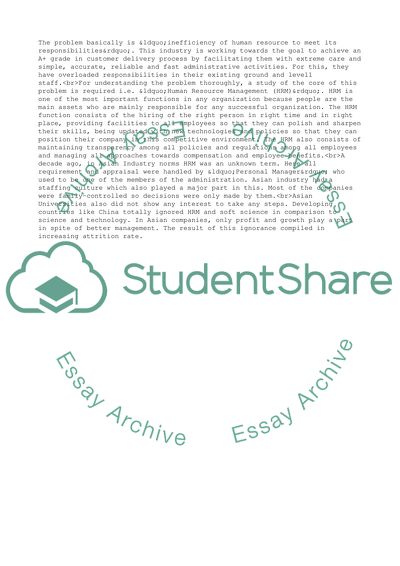Cite this document
(“Management of Human Resource In Health Care Sector in Asian Market Term Paper”, n.d.)
Management of Human Resource In Health Care Sector in Asian Market Term Paper. Retrieved from https://studentshare.org/management/1739096-om8525-final-paper
Management of Human Resource In Health Care Sector in Asian Market Term Paper. Retrieved from https://studentshare.org/management/1739096-om8525-final-paper
(Management of Human Resource In Health Care Sector in Asian Market Term Paper)
Management of Human Resource In Health Care Sector in Asian Market Term Paper. https://studentshare.org/management/1739096-om8525-final-paper.
Management of Human Resource In Health Care Sector in Asian Market Term Paper. https://studentshare.org/management/1739096-om8525-final-paper.
“Management of Human Resource In Health Care Sector in Asian Market Term Paper”, n.d. https://studentshare.org/management/1739096-om8525-final-paper.


